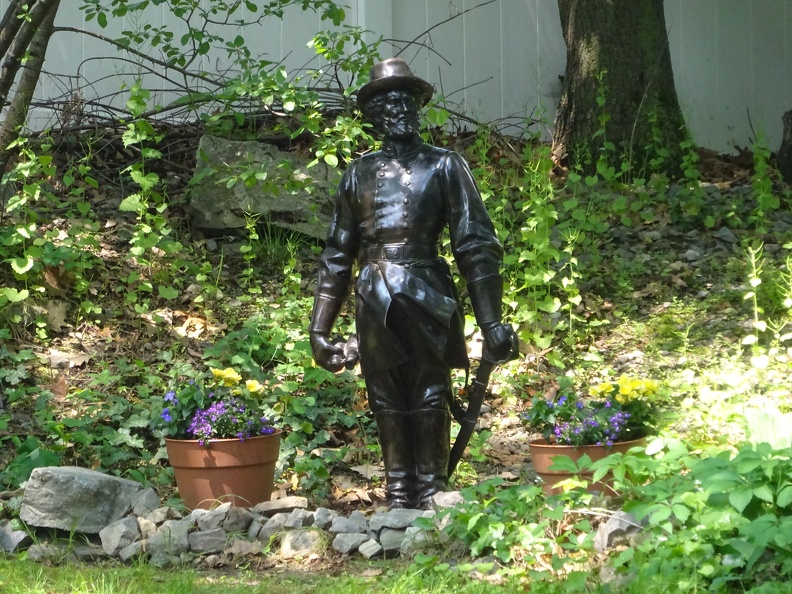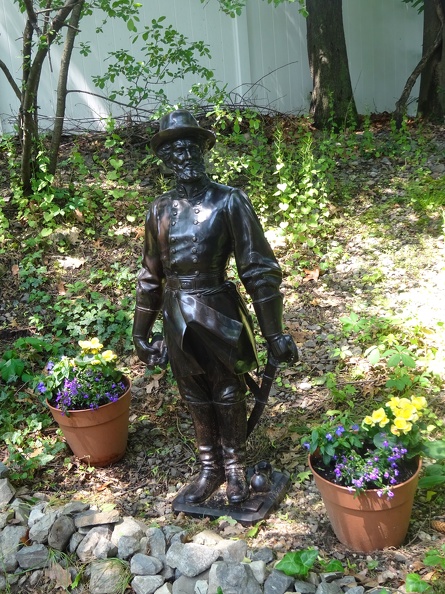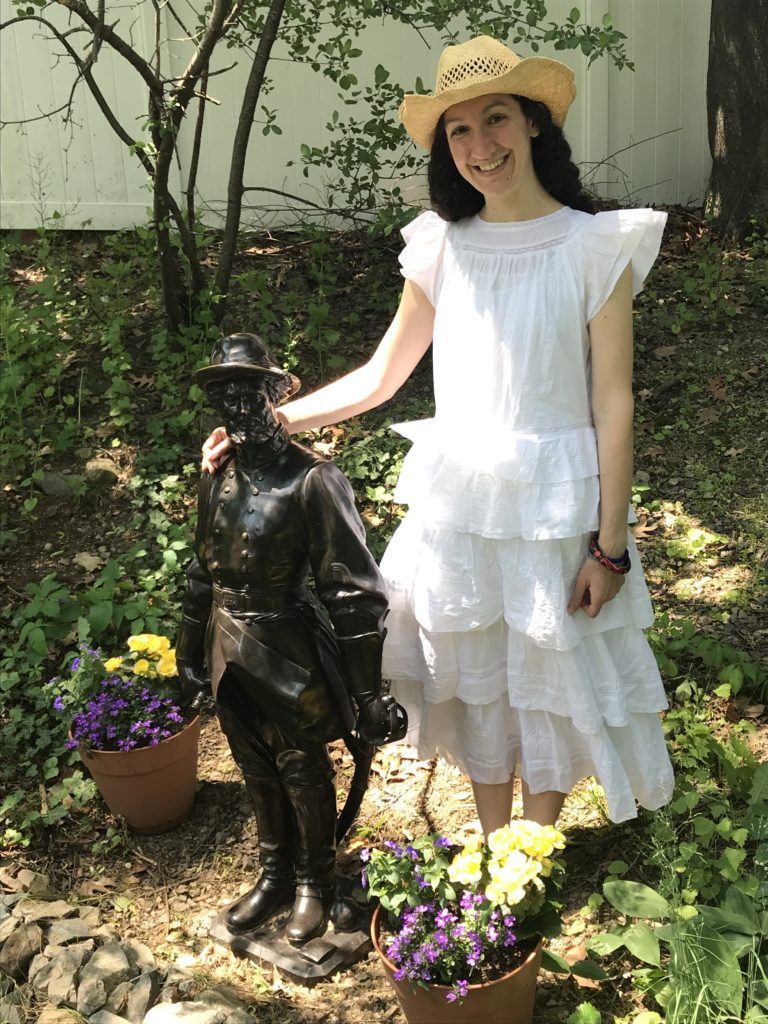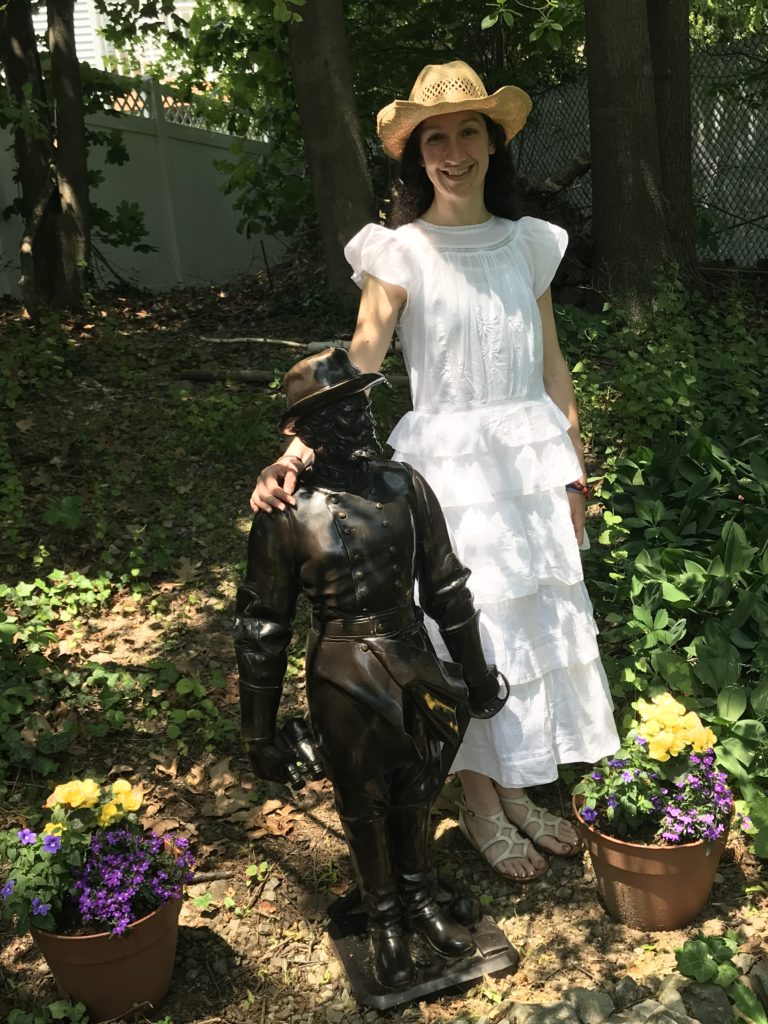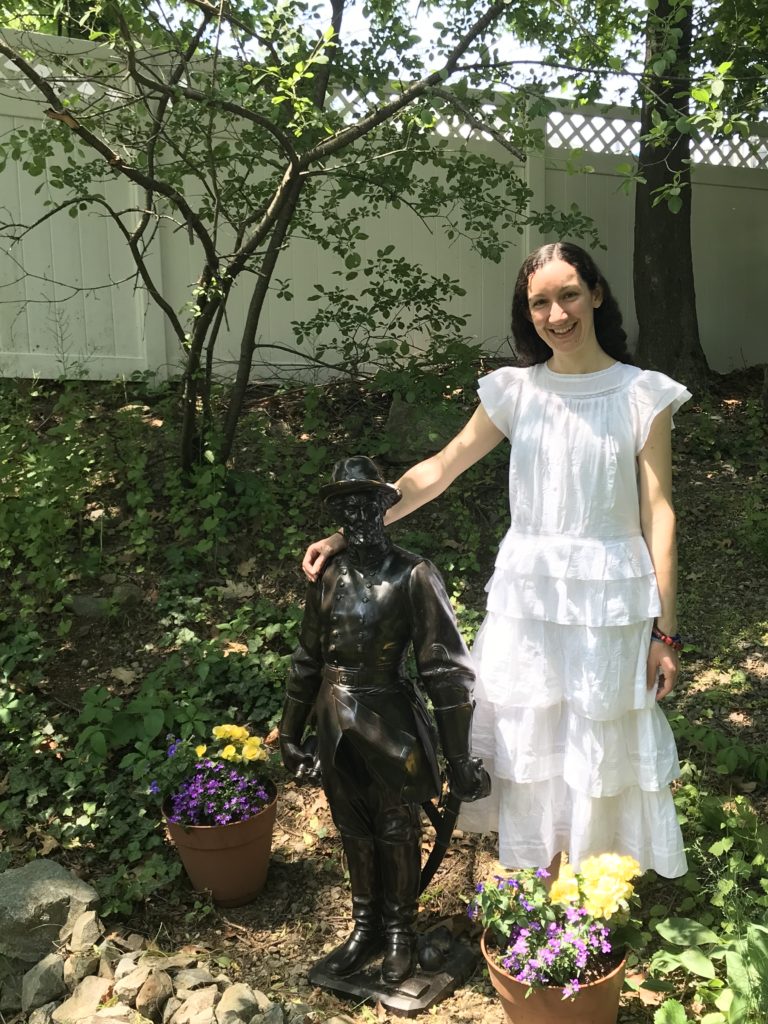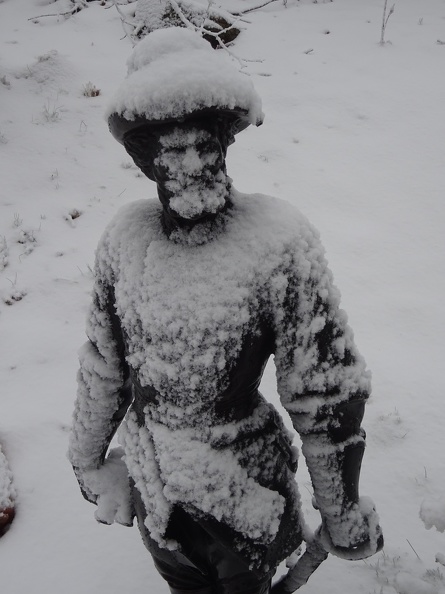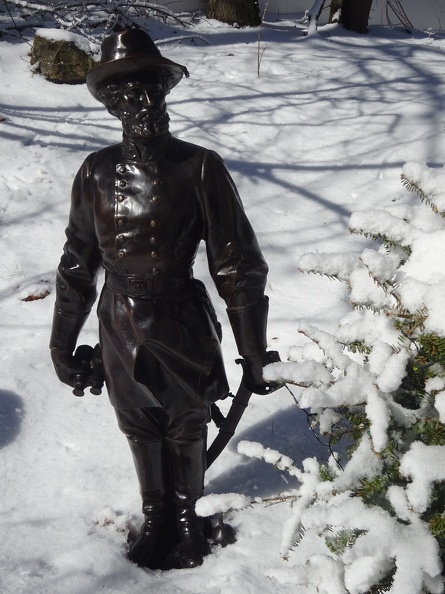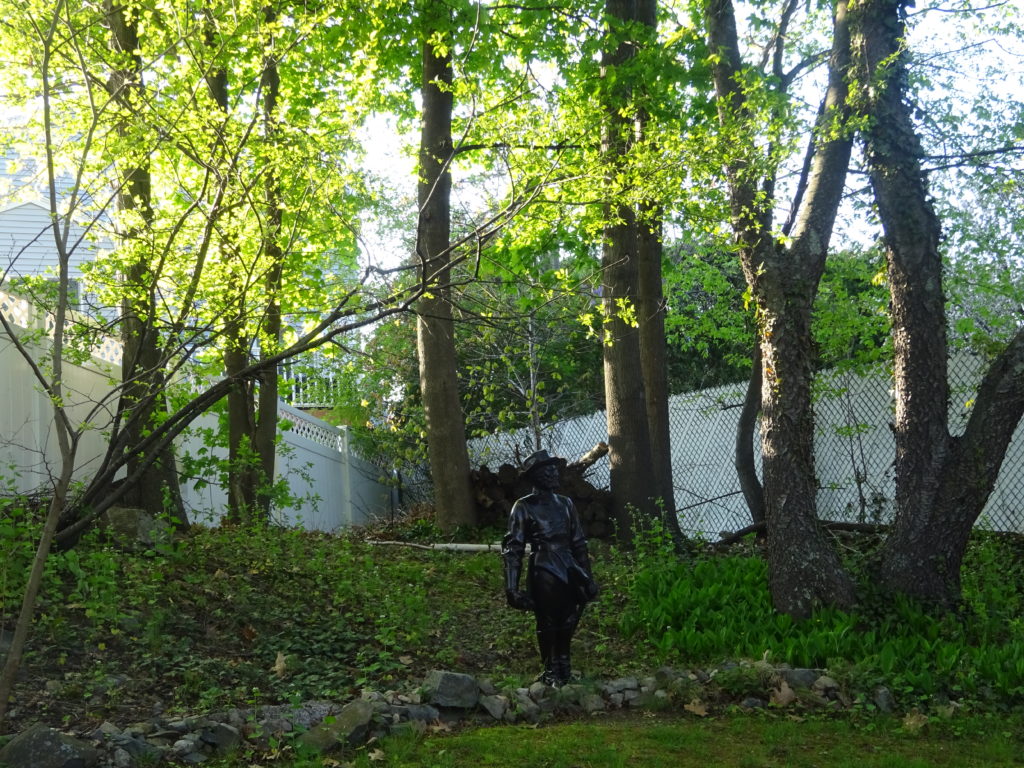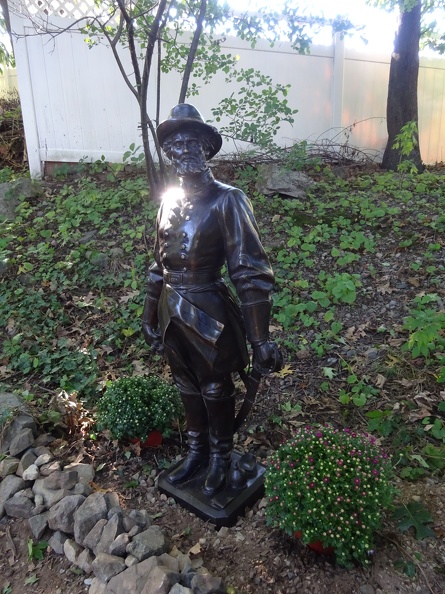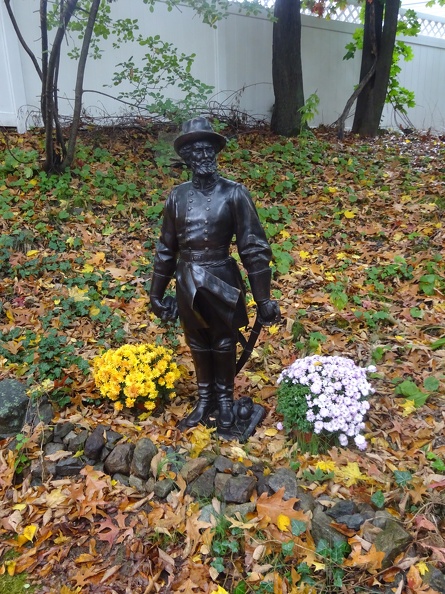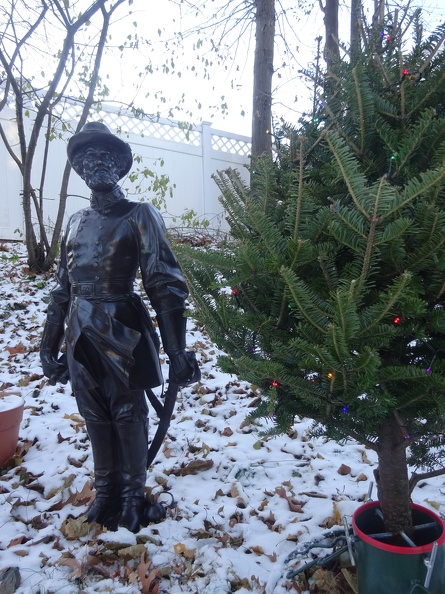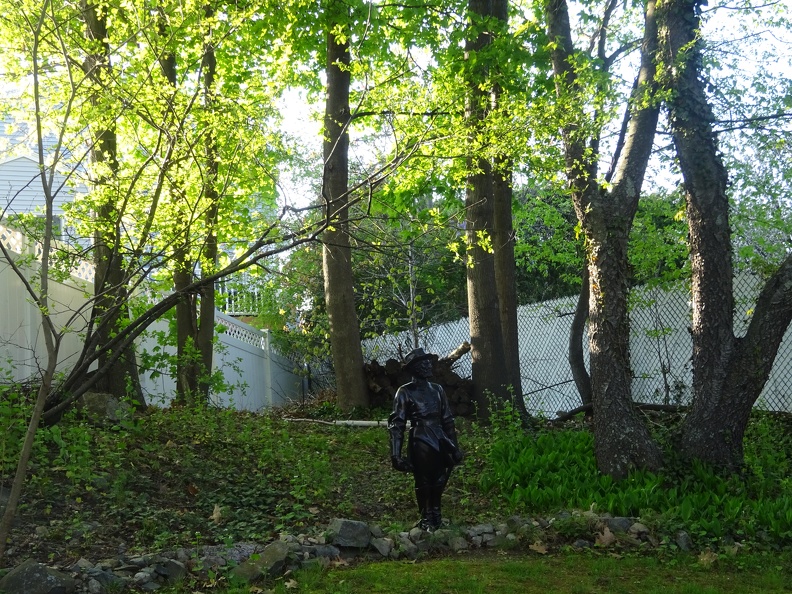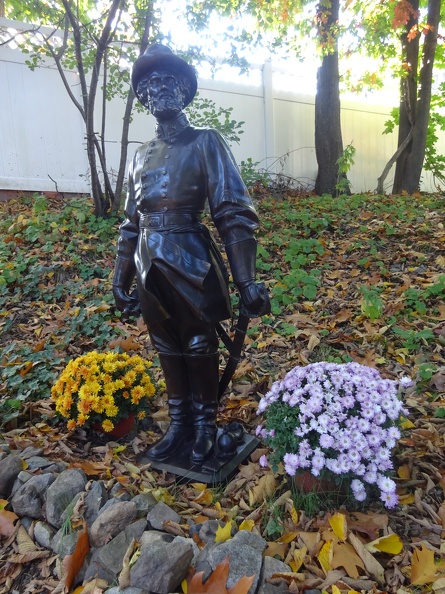This weekend marks the three-year anniversary of what I often characterize as the destruction of everything that makes my life worth living.
The past three years have been filled with anguish, grief, rage, and excruciating pain so extreme that the pre-2020 version of myself not only had never experienced such pain before, but would never have believed such pain was even possible.
My pain is something that most people do not understand. People do not get why someone would be this upset about the fact that statues were taken down. They don’t get why metal and stone sculptures are what I focus on, rather than real people who have lost their lives. I have been called a psychopath, a terrible person, gross, disgusting, self-centered, lacking in empathy, racist. People do not understand why statues of Christopher Columbus, Confederate generals, and other controversial historical figures are so important to me that I feel that life is no longer worth living without them.
But this is exactly how I feel, as incomprehensible as it may be to others. This is who I am. If it makes me a terrible person, so be it. My love of statues and historical figures is a part of me, just as a person’s gender identity, race, religion, and sexual orientation are a part of them.
For approximately the first two and a half years, I felt essentially no happiness whatsoever. (A few possible exceptions: the 2021 Columbus Day ceremony, finding out about the possibility of getting my very own Stonewall Jackson statue, and receiving updates on the progress of the statue.) My emotional state ranged from unbearable, indescribable pain at worst, to neutral at best. In other words, in addition to being filled with horrific pain, my world was also completely devoid of beauty and joy. For this entire time, I seriously considered the possibility of committing suicide. Logically, it was the most sensible option. Why, after all, would a person choose to continue living when everything that makes their life worth living has been destroyed? When there is no reason to expect the future to consist of anything other than a mixture of excruciating pain and feeling just okay? Yet some combination of cowardice and faint hope, as irrational as it seemed, held me back from doing so.
I hesitate to write this for fear of jinxing it, but over the past six months I feel that I have very slowly begun to heal.
For example, one effect of the genocide is that I hate America, because this is the country where the genocide took place, the country whose people committed the genocide, the country that allowed the genocide to happen. American flags, patriotic songs, and red, white, and blue decorations, all of which I used to love, have turned into a source of heartbreak. But this past week, when I visited my grandma at her retirement home, the entire place was decked out in flags and star-spangled decorations, and patriotic country songs blared in the dining room. Somehow, instead of making me feel like a knife was twisting in my stomach, they made me smile.
Healing is not linear. There have certainly been instances of excruciating pain in the past six months, and I am certain there will be more in my future. But overall, they seem slightly less severe, and they seem not to last as long.
The past three years have changed me.
In addition to the anniversary of the most horrific series of events that has ever taken place, this week was also my 34th birthday. I am the same little girl who adored history and art, who never fit in, who was excluded and bullied, who loved historical figures more profoundly than any friend or family member. I am the same, but different. I will always have an imaginary world, in which historical figures live alongside completely imaginary people and creatures, talking, interacting, and having adventures. But now, in addition to that, I have brought a historical figure into the world. Or at least, a beautiful, shiny bronze body for a historical figure’s soul to reside in. A second one will be arriving either late this year, or next year. Instead of doing whatever society expected of me, and escaping to my imaginary world in my spare time, I am making changes, in various ways, to bring my real life more in line with my wishes, preferences, and needs. Although most people don’t understand my pain, and although I am not a very social person, I have made meaningful connections with people who share my views. I am taking action to bring my imaginary world into the real one.
So in addition to inflicting anguish, grief, rage, and excruciating pain, the past three years have made me into a more genuine, authentic, outspoken, courageous, wise, introspective, and self-aware person.
Our society decided to destroy everything that makes my life worth living. But I made a new thing that makes my life worth living, where one didn’t exist before. I had to use my own funds and my own land to do so, because our society decided that the things that make my life worth living aren’t allowed to receive public funds or be located on public land. But I did it anyway. And I’m kind of proud of that.
